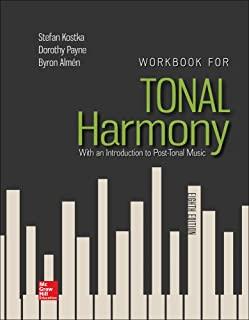
description
5An introduction to art history theory and criticism for students. Recommended by art history instructors as an accessible yet scholarly guide to all aspects of theory and criticism. Art historical theory is a forum of intense, often passionate debate. This book provides an accessible introduction to the range of critical theories used in analyzing art. It covers a broad range of approaches, presenting individual arguments, controversies, and divergent perspectives. This second edition has been updated to reflect recent scholarship in contemporary art. The book begins by introducing the concept of theory and explains why it is important to art historical practice. Each of the book's four core chapters presents a group of related approaches that are discussed and applied to one or more works of art. The book ends with some practical ideas about writing theoretically driven art history papers. Includes chapters on:
- Thinking about theory
- The analysis of form, symbol, and sign
- Art's contexts
- Psychology and perception in art
- Taking a stance toward knowledge
- Writing with theory As well as breakout sections on:
- Jargon
- The difference between theory and methodology
- Are works of art puzzles? Are art historian detectives?
- Do we "read" works of art?
- So what's normal-or normative?
- Jungian archetypes
- Object relations theory and the nature of creativity
- The anxiety of influence "This book gives you a starting point, no more and no less, in approaching theories of art-historical practice. It is neither encyclopedic nor exhaustive-I don't know how it could be and not lose its usefulness as a reference, the kind of dog-eared book that you keep in a pile next to the computer"Anne D'Alleva
- Thinking about theory
- The analysis of form, symbol, and sign
- Art's contexts
- Psychology and perception in art
- Taking a stance toward knowledge
- Writing with theory As well as breakout sections on:
- Jargon
- The difference between theory and methodology
- Are works of art puzzles? Are art historian detectives?
- Do we "read" works of art?
- So what's normal-or normative?
- Jungian archetypes
- Object relations theory and the nature of creativity
- The anxiety of influence "This book gives you a starting point, no more and no less, in approaching theories of art-historical practice. It is neither encyclopedic nor exhaustive-I don't know how it could be and not lose its usefulness as a reference, the kind of dog-eared book that you keep in a pile next to the computer"Anne D'Alleva
member goods
No member items were found under this heading.
Return Policy
All sales are final
Shipping
No special shipping considerations available.
Shipping fees determined at checkout.







